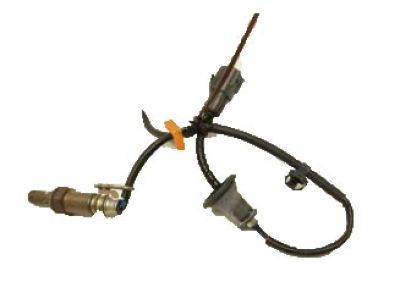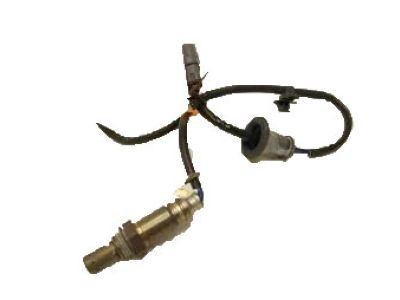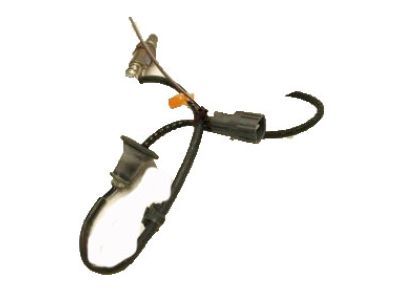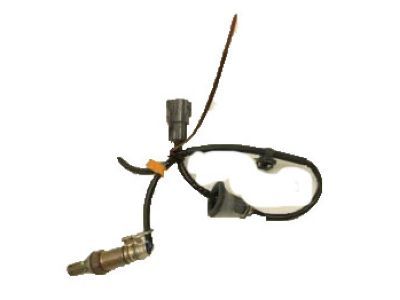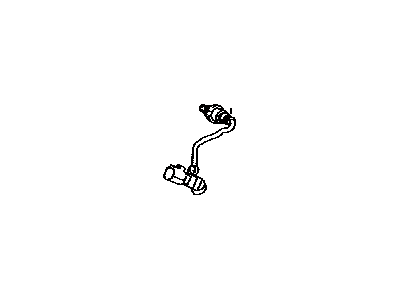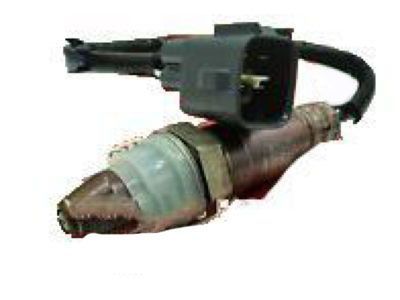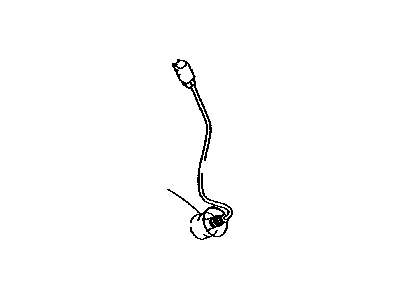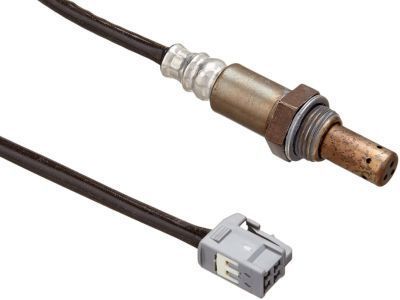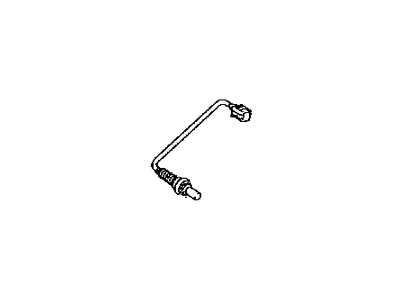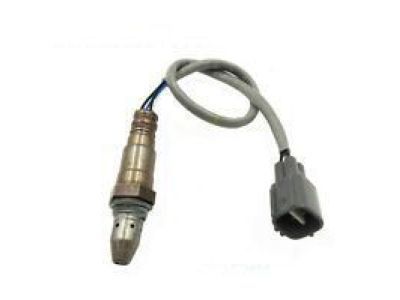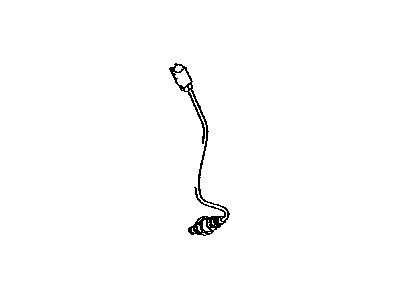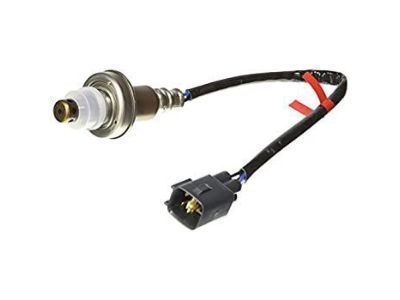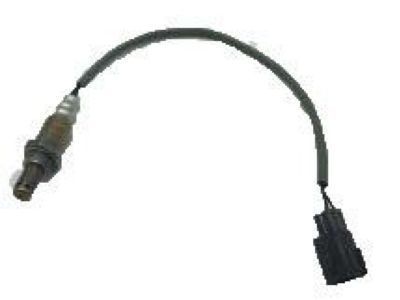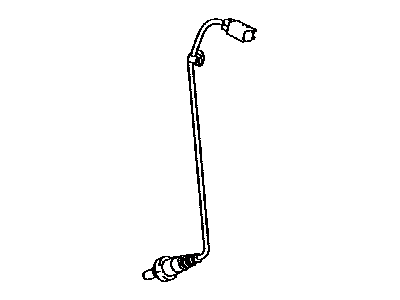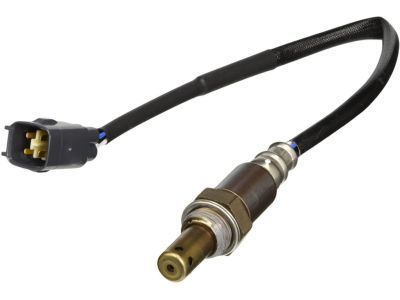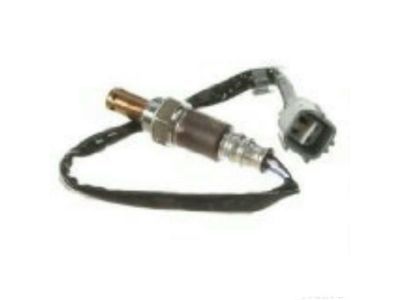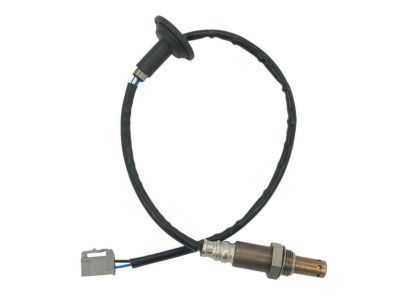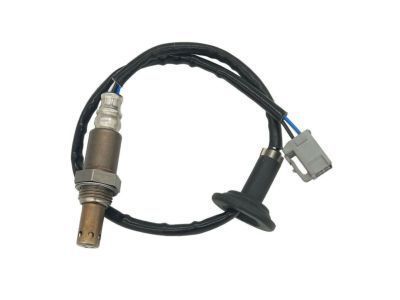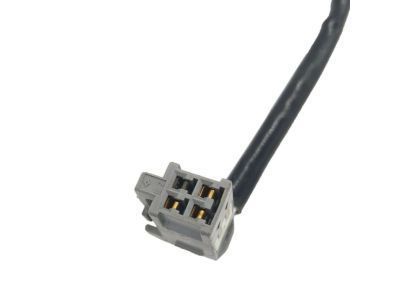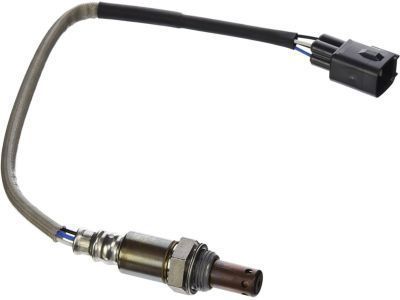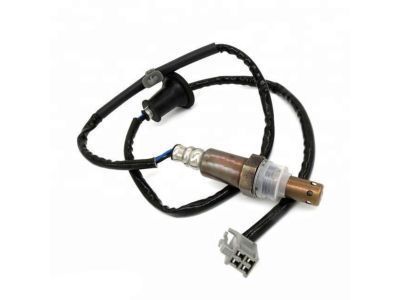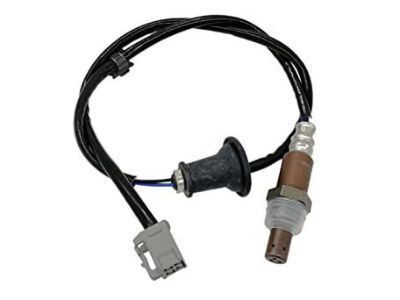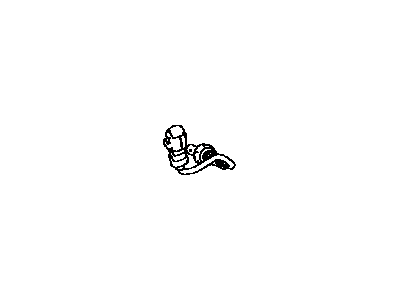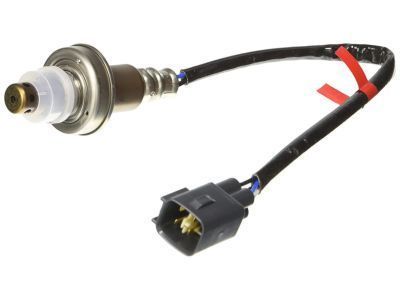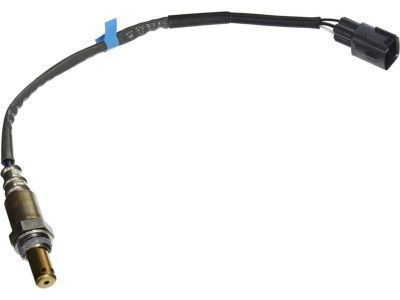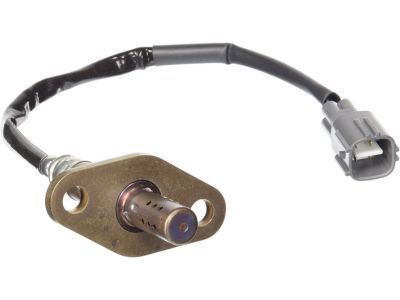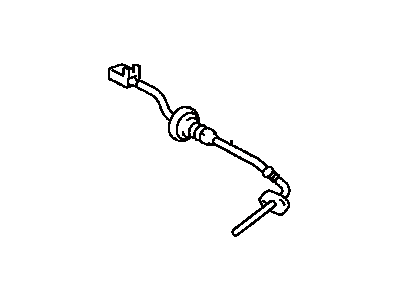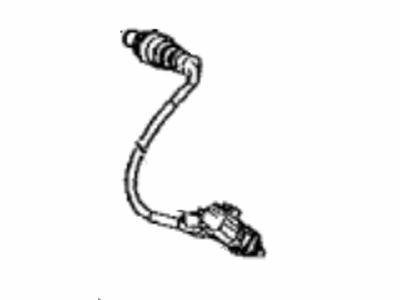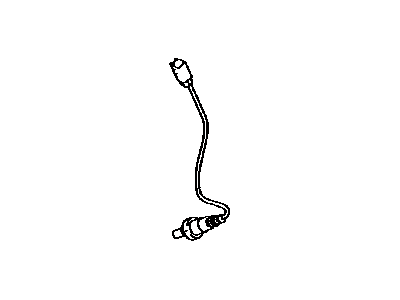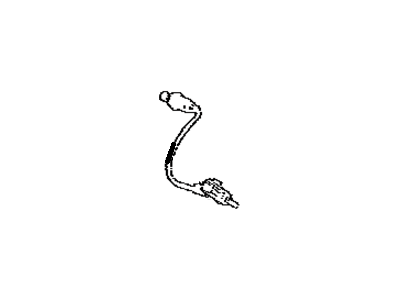

My Garage
My Account
Cart
Genuine Toyota Corolla Oxygen Sensor
Oxygen O2 Sensor- Select Vehicle by Model
- Select Vehicle by VIN
Select Vehicle by Model
orMake
Model
Year
Select Vehicle by VIN
For the most accurate results, select vehicle by your VIN (Vehicle Identification Number).
61 Oxygen Sensors found
Toyota Corolla Air Fuel Ratio Oxygen Sensor
Part Number: 89467-52060$204.50 MSRP: $293.23You Save: $88.73 (31%)Ships in 1-3 Business DaysToyota Corolla Oxygen Sensor
Part Number: 89465-02330$139.22 MSRP: $197.93You Save: $58.71 (30%)Ships in 1-2 Business DaysToyota Corolla Air Fuel Ratio Oxygen Sensor
Part Number: 89467-02090$185.01 MSRP: $265.29You Save: $80.28 (31%)Ships in 1-3 Business DaysToyota Corolla Air Fuel Ratio Oxygen Sensor
Part Number: 89467-02070$207.63 MSRP: $297.73You Save: $90.10 (31%)Ships in 1-3 Business DaysToyota Corolla Oxygen Sensor
Part Number: 89465-13030$106.66 MSRP: $150.35You Save: $43.69 (30%)Ships in 1-3 Business DaysToyota Corolla Oxygen Sensor No.2
Part Number: 89465-02110$126.23 MSRP: $179.45You Save: $53.22 (30%)Ships in 1-3 Business DaysToyota Corolla Oxygen Sensor
Part Number: 89467-12010$174.10 MSRP: $249.65You Save: $75.55 (31%)Ships in 1-3 Business DaysToyota Corolla Oxygen Sensor
Part Number: 89465-12840$138.52 MSRP: $196.93You Save: $58.41 (30%)Ships in 1-2 Business DaysToyota Corolla Air Fuel Ratio Oxygen Sensor
Part Number: 89467-02040$191.39 MSRP: $274.44You Save: $83.05 (31%)Ships in 1-3 Business DaysToyota Corolla Oxygen Sensor
Part Number: 89467-02020$175.84 MSRP: $252.15You Save: $76.31 (31%)Ships in 1-3 Business DaysToyota Corolla Oxygen Sensor
Part Number: 89465-09200$132.32 MSRP: $188.11You Save: $55.79 (30%)Ships in 1-3 Business DaysToyota Corolla Air Fuel Ratio Oxygen Sensor
Part Number: 89467-02140$171.74 MSRP: $244.16You Save: $72.42 (30%)Ships in 1-2 Business DaysToyota Corolla Air Fuel Ratio Oxygen Sensor
Part Number: 89467-02130$181.76 MSRP: $260.63You Save: $78.87 (31%)Ships in 1-3 Business DaysToyota Corolla Air Fuel Ratio Oxygen Sensor
Part Number: 89467-12290$171.74 MSRP: $244.16You Save: $72.42 (30%)Ships in 1-3 Business DaysToyota Corolla Air Fuel Ratio Oxygen Sensor
Part Number: 89467-12280$181.76 MSRP: $260.63You Save: $78.87 (31%)Ships in 1-3 Business DaysToyota Corolla Oxygen Sensor
Part Number: 89465-02430$133.37 MSRP: $189.60You Save: $56.23 (30%)Ships in 1-3 Business DaysToyota Corolla Air Fuel Ratio Oxygen Sensor
Part Number: 89467-12030$191.39 MSRP: $274.44You Save: $83.05 (31%)Ships in 1-2 Business DaysToyota Corolla Oxygen Sensor
Part Number: 89465-02340$117.16 MSRP: $165.16You Save: $48.00 (30%)Ships in 1-3 Business DaysToyota Corolla Oxygen Sensor No.2
Part Number: 89465-01090$126.35 MSRP: $179.63You Save: $53.28 (30%)Ships in 1-3 Business Days
| Page 1 of 4 |Next >
1-20 of 61 Results
Toyota Corolla Oxygen Sensor
If you are in demand for superior quality and affordable OEM Toyota Corolla Oxygen Sensor, then shop with us! We own a wide range of the reduced-priced genuine Toyota Corolla Oxygen Sensor. You can purchase in confidence as all parts come with a manufacturer's warranty. Any issues with our products? No need to worry as we have a hassle-free return policy to guide you every step of the way.
Toyota Corolla Oxygen Sensor Parts Questions & Experts Answers
- Q: What general information is provided about On-Board Diagnostics II (OBD-11) engine management systems and oxygen sensor servicing on Toyota Corolla?A:All vehicles with OBD-11 engine management systems can check the correspondence of the feedback loop from the oxygen sensor to the PCM with the help of an upstream oxygen sensor or air/fuel sensor before the Catalytic Converter and a downstream one behind it. The PCM monitor the efficiency of the converter through taking sample of exhaust gas from the two locations and can determine when the converter is likely to fail. The primary one is mounted in the exhaust manifold while the second one is after the catalytic converter. Special attention should be paid to it, since the service of these sensors has a permanently installed pigtail with the electrical connector which should not be disconnected and, accordingly, the contaminants are prohibited to approach the connector and the end of the sensor. Special cleaners should not be used and the sensors should not be dropped or handled roughly. Correct positioning of the silicone boot plays a very crucial roll If not well installed the gadget is likely to have poor performance. This can be a problem when replacing a sensor where it can be quite tight when the engine is cold to get loose, therefore the need to briefly rev the engine. For the downstream sensor, the car has to be lifted in canton mode and ought to be grounded also the electrical plug has to be disconnected. This hose can be removed/changed without lifting the vehicle up and this can be done by following the harness to the connector. It is advised to use slotted socket for removal, and anti-seize compound should be used on the threading of the sensor such that it will not touch the end of the sensor. The electrical connector should be reconnected and during test drive no trouble code should be identified.
Related Toyota Corolla Parts
Browse by Year
2024 Oxygen Sensor 2023 Oxygen Sensor 2022 Oxygen Sensor 2021 Oxygen Sensor 2020 Oxygen Sensor 2019 Oxygen Sensor 2018 Oxygen Sensor 2017 Oxygen Sensor 2016 Oxygen Sensor 2015 Oxygen Sensor 2014 Oxygen Sensor 2013 Oxygen Sensor 2012 Oxygen Sensor 2011 Oxygen Sensor 2010 Oxygen Sensor 2009 Oxygen Sensor 2008 Oxygen Sensor 2007 Oxygen Sensor 2006 Oxygen Sensor 2005 Oxygen Sensor 2004 Oxygen Sensor 2003 Oxygen Sensor 2002 Oxygen Sensor 2001 Oxygen Sensor 2000 Oxygen Sensor 1999 Oxygen Sensor 1998 Oxygen Sensor 1997 Oxygen Sensor 1996 Oxygen Sensor 1995 Oxygen Sensor 1994 Oxygen Sensor 1993 Oxygen Sensor 1992 Oxygen Sensor 1991 Oxygen Sensor 1990 Oxygen Sensor 1989 Oxygen Sensor 1988 Oxygen Sensor 1987 Oxygen Sensor 1986 Oxygen Sensor 1985 Oxygen Sensor 1984 Oxygen Sensor 1983 Oxygen Sensor 1982 Oxygen Sensor 1981 Oxygen Sensor 1980 Oxygen Sensor
